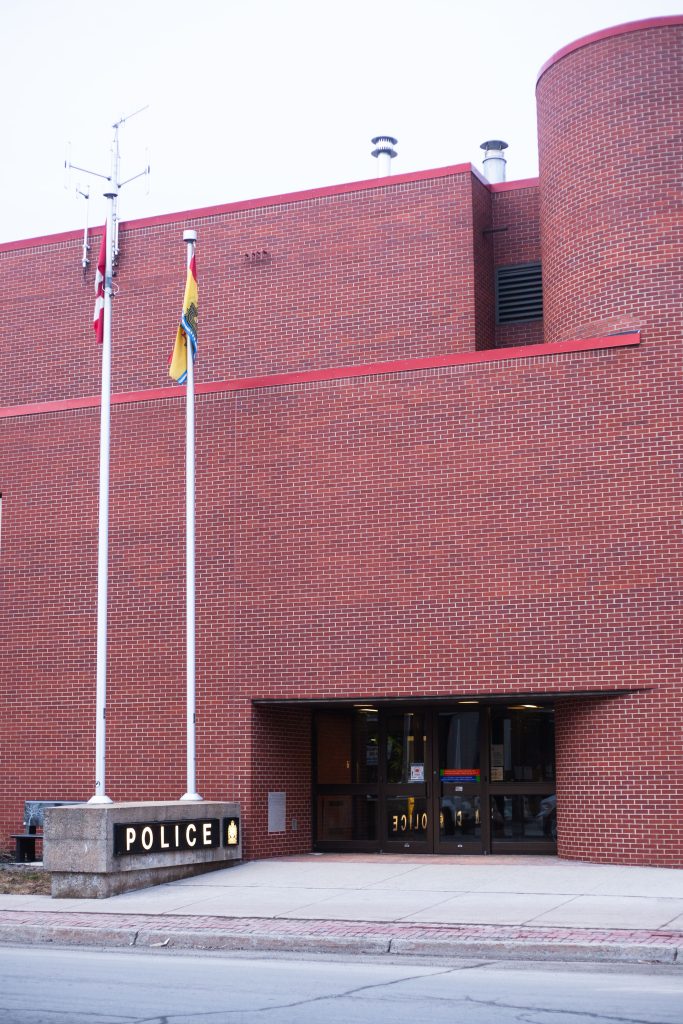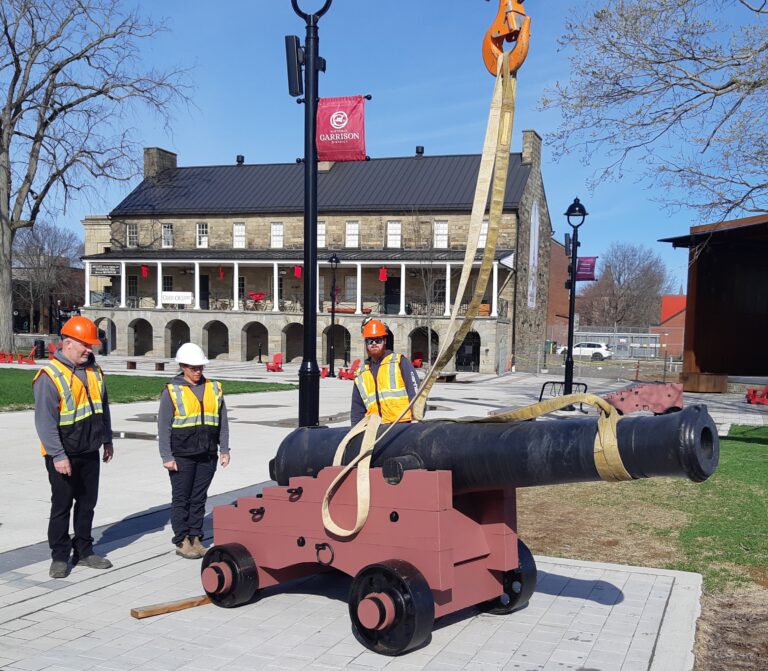The Atlantic provinces have seen a rise in viral social media posts warning women of potential threats of human trafficking in the area.
One viral Facebook post, composed of white text on a black background, was shared all over Atlantic Canada, warning teenage girls to be careful while walking outdoors at night.
“All teenage girls don’t go out walking by yourselves within Miramichi, Blackville, Blissfield, Doaktown, or Fredericton,” read the post. “Sex trafficking is a very serious situation and shouldn’t be taken as a joke.”
This was just one instance of viral posts, with women describing their own experiences with close calls on social media.
Crime Stoppers New Brunswick describes human trafficking as “the recruitment, transportation, transfer, harbouring, and/or receipt of persons, by various means of coercion, force, fraud, or the abuse of power, for the purpose of exploitation” and warns that victims often experience physical, sexual, or emotional abuse.
On February 22 the Canadian Centre to End Human Trafficking released a national study explaining how traffickers use transportation corridors to evade police and conceal their victims, often hiding everything down to which city they are residing in.
This study explained the main types of trafficking in Canada: sex trafficking and labour trafficking. Sex trafficking can cover many things, from escort services to sexual servitude and survival sex. Labour trafficking can span from domestic work to construction or beauty services.
While not every victim or survivor has been moved through a corridor, it is a tool used by traffickers to reduce costs and “maximize profits according to market demands.” Transportation corridors have been identified in the Atlantic provinces, with one linking Halifax and Moncton.
“It’s really important that Canadians understand that this is a Canadian issue,” said Julia Drydyk of the Canadian Center to End Human Trafficking, to CBC. “This is happening in folks’ backyards, but it’s also happening on those mainstream transportation routes that, as Canadians, we use all of the time.”




